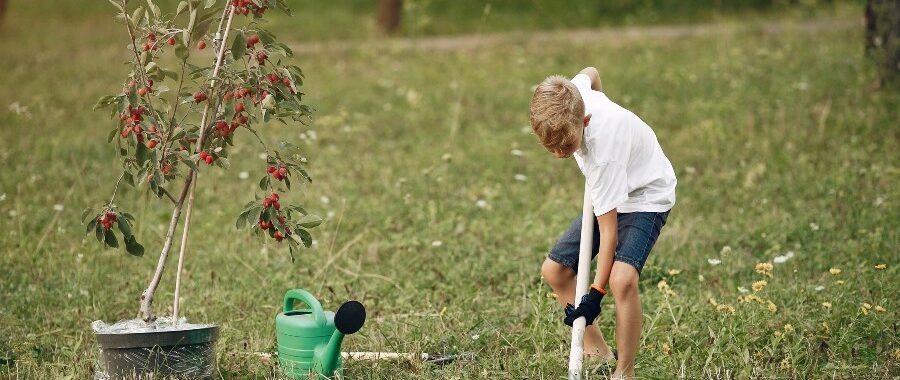Tree planting can be challenging if you are unsure whether your plants will grow successfully. That’s why it’s wise to understand the United States Department of Agriculture’s tree growing zones.
The USDA provides hardiness zone maps that show the annual minimum winter temperatures averaged over specified years. With this knowledge, you can have an easy time choosing and planting tree species that do well in your zone.
However, if unsure how to choose suitable plants, consulting tree service contractors in Fort Walton Beach is your best option.
Understanding Your Tree Growing Zone
According to the USDA’s zoning map, the American continent has thirteen zones, of which Zone 1 is the coldest and Zone 13 is the warmest. Zones 1 and 2 are in Canada, while twelve and thirteen are in Hawaii and Puerto Rico.
This leaves Zones 3 to 11 within the United States, with Zone 3 in Montana and other upper regions, while Zone 11 covers Florida and South Catalina Island. As a Fort Walton Beach resident, you will find your hardiness zone number accompanied by the letter “a” or “b.”
While the zone number remains constant, the letter “a” shows you are in the colder area, while “b” indicates the warmer area. The “a” area usually experiences unusual minimum winter temperatures, which could affect native plants, but in the “b,” you won’t have to worry about temperature changes.
Other factors to consider alongside your plant hardiness include:
Cold Sensitivity
All plants are sensitive to cold temperatures. While they can withstand low winter temperatures during their dormancy, the condition would kill them in growth.
Most plants need a cold duration of 12 to 16 weeks, with some staying asleep longer. Your plants’ cold hardiness should help them grow during the cold season to avoid the late spring frost that may kill them.
Low Moisture Intake
Cold temperatures limit native plant roots’ ability to draw water in the winter months. If you have evergreen plants in your garden, you will notice their leaves turning brown.
A Fort Walton Beach arborist will recommend using a desiccant spray on your leaves to help retain their moisture and health. Since your young trees may not have suitable hardiness to help them survive, you will have to wrap or paint their stems to avoid dead bark from the winter sun’s warmth and freezing at night.
Your Trusted Arborist in Fort Walton Beach, FL
Understanding the USDA’s tree growing zones and factors affecting your choice of plants is essential. You wouldn’t want to plant a tree species only to realize you wasted time and resources after the winter season kills it.
If unsure of the best plants to choose for your Fort Walton Home, seek an arborist’s advice. Learn about our tree planting services to see the essential specifics for your tree planting project. An expert’s opinion can mean the difference between thriving and dead trees.
Please contact New Leaf Arboriculture at 850-603-1411 to schedule our tree care services.
